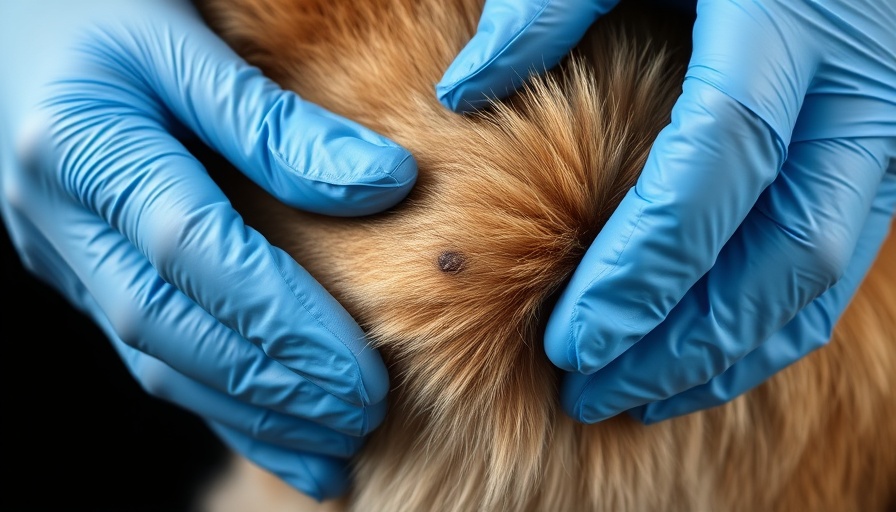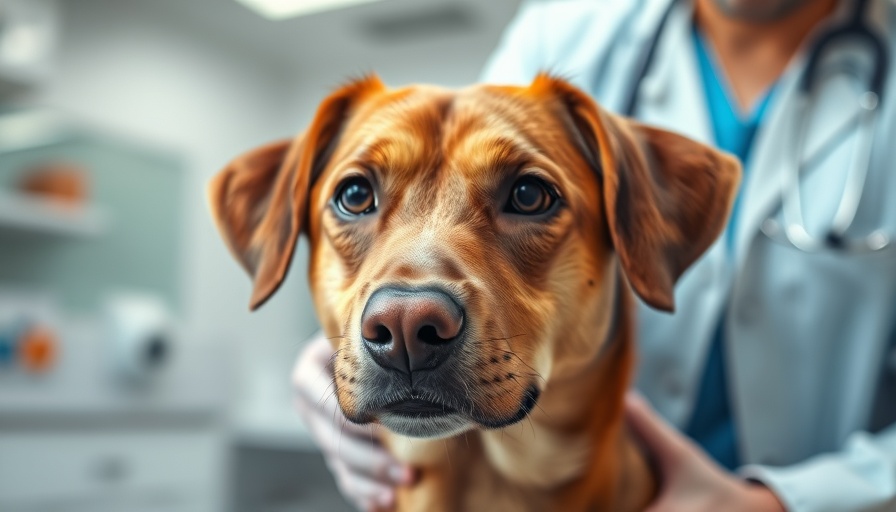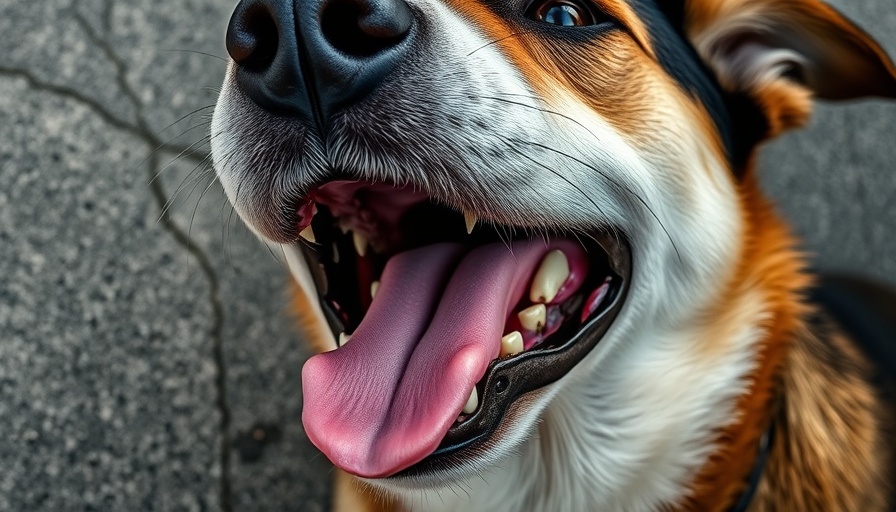
The Mystery of Lumps: Understanding Your Dog’s Growths
As pet owners, discovering a lump or bump on our beloved dogs can be a cause for alarm. However, with a bit of knowledge and understanding, you can navigate this distressing experience with confidence. Lumps on a dog can range from harmless cysts to potentially serious tumors, and knowing the difference is crucial for your pet's health.
Cysts vs. Tumors: What’s the Difference?
Cysts are typically benign sac-like structures filled with fluid or semi-solid material, while tumors are solid masses formed by abnormally dividing cells. Cysts don’t usually pose a health risk, and many types are commonly found in dogs:
- True cysts: Generally found around the eyes or ears, filled with fluid secreted by the lining of the cyst.
- Sebaceous cysts: Formed from an accumulation of sebum.
- Follicular cysts: Arising from hair follicles.
- Dermoid cysts: Congenital cysts that are embedded in the skin.
- False cysts: Resulting from inflammation or infection.
On the other hand, tumors—ranging from benign types like lipomas (fatty tumors) to malignant options like mast cell tumors—can present a risk to your dog's health. It is essential to seek veterinary advice for any new or changing lumps to rule out malignancy.
Recognizing Symptoms: When to Call the Vet
Common signs that may indicate a cyst or tumor requires veterinary attention include:
- Swelling that changes size or shape over time
- Discoloration or firmness of the lump
- Signs of discomfort, such as licking or chewing at the area
- Fluid discharge from the growth
If you observe any of these symptoms, don’t hesitate to contact your veterinarian. They can conduct tests such as biopsies or fine needle aspirations to determine the nature of the growth. Early intervention can save your dog from potential health issues down the line.
Why Lump Awareness Matters for Pet Health
Keeping an eye on your pet’s health is a fundamental aspect of responsible pet ownership. Awareness of lumps and changes in your dog’s body can aid in early detection of possible problems, leading to better treatment outcomes. Regular veterinary check-ups are key for maintaining your pet’s health, including skin examinations to monitor any growths.
The Emotional Connection: Understanding Your Pet’s Needs
Noticing a lump on your dog can evoke anxiety and concern. Our pets are family members, and their health and well-being are paramount. The bond we share with our dogs is built on love and understanding. Being proactive about their health not only shows our love but also strengthens the bond we share with them. Visiting the vet for regular check-ups ensures our dogs live long, healthy lives, allowing us to create more cherished memories together.
Best Practices for Managing Cysts and Tumors in Dogs
When it comes to handling lumps on your dog, consider these best practices:
- Regular Check-ups: Schedule routine vet visits to monitor your dog's overall health.
- Monitor Changes: Keep a log of any new lumps or changes in existing ones, including size and appearance.
- Maintain a Healthy Lifestyle: Ensure your dog has a balanced diet and regular exercise to support their immune system.
- Stay Informed: Educate yourself about common issues in dogs to prepare for discussions with your vet.
By taking these steps, you can ensure your dog remains healthy and happy, even in the face of potential challenges.
Conclusion: Put Your Pet First!
Being equipped with the right knowledge can help demystify the worry associated with lumps on your dog. Remember, while many lumps can be benign, it’s always best practice to seek veterinary advice for any concerns. By advocating for your pet's health, you provide them the best chance for a long and fulfilling life. Don't hesitate to book that check-up appointment today!
 Add Row
Add Row  Add
Add 




Write A Comment